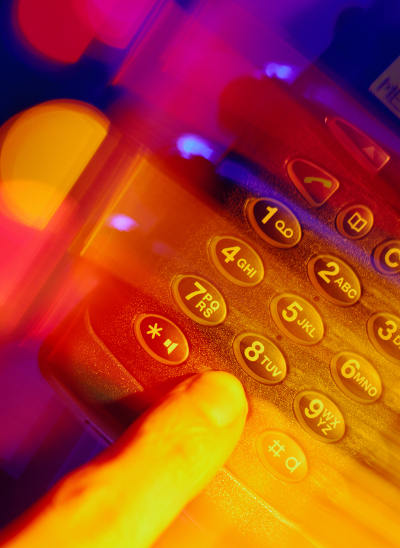The Missing Kingdom: Why Fungi Must Be Central to Conservation Strategy
28 December 2025
Published online 2 May 2017
Scientists invent a system that can now destroy the memory of an electronic device on-demand, remotely, to prevent data misuse.

“This system could be integrated with state-of-the-art high-performance silicon chips, making it potentially useful for protecting data in various fields such as intelligence, national security, banking and financial sectors,” says Muhammad M. Hussain one of the researchers from the King Abdullah University of Science and Technology (KAUST), Saudi Arabia.
Hussain and co-researchers from the US, Switzerland and Canada created an integrated destructible device by placing a flexible polyimide substrate, a heater and an expandable polymer layer on a silicon chip.
When the heater is connected to an adequate power supply, it expands the volume of the polymer layer. When the polymer expands, the silicon chip crumples and shatters destroying the device’s memory.
The destruction of the device can happen only at a specific site –– heat only dissipates around the electrodes. It’s also possible to vary the designs and size of the electrodes.
The speed of destruction depends on the power supply, says Hussain. “By supplying a power of 500 milliwatt, the memory part of an electronic device can be destroyed in 10 seconds; whereas 300 milliwatt does the same in 45 seconds.”
When the system is incorporated with global positioning system (GPS), plus light and pressure sensors, it can make electronics self-destruct. With this technology, it’s possible to cause programmed destruction of a GPS-empowered from a distance of 50 metres.
The scientists demonstrated this by sending a destruction command using a smartphone app.
“Since this technique destroys the silicon computing and communications core, there is no need to expend energy to destroy the suite of sensors,” says Roger Howe from Stanford University, who is not part of this study.
doi:10.1038/nmiddleeast.2017.78
Stay connected: